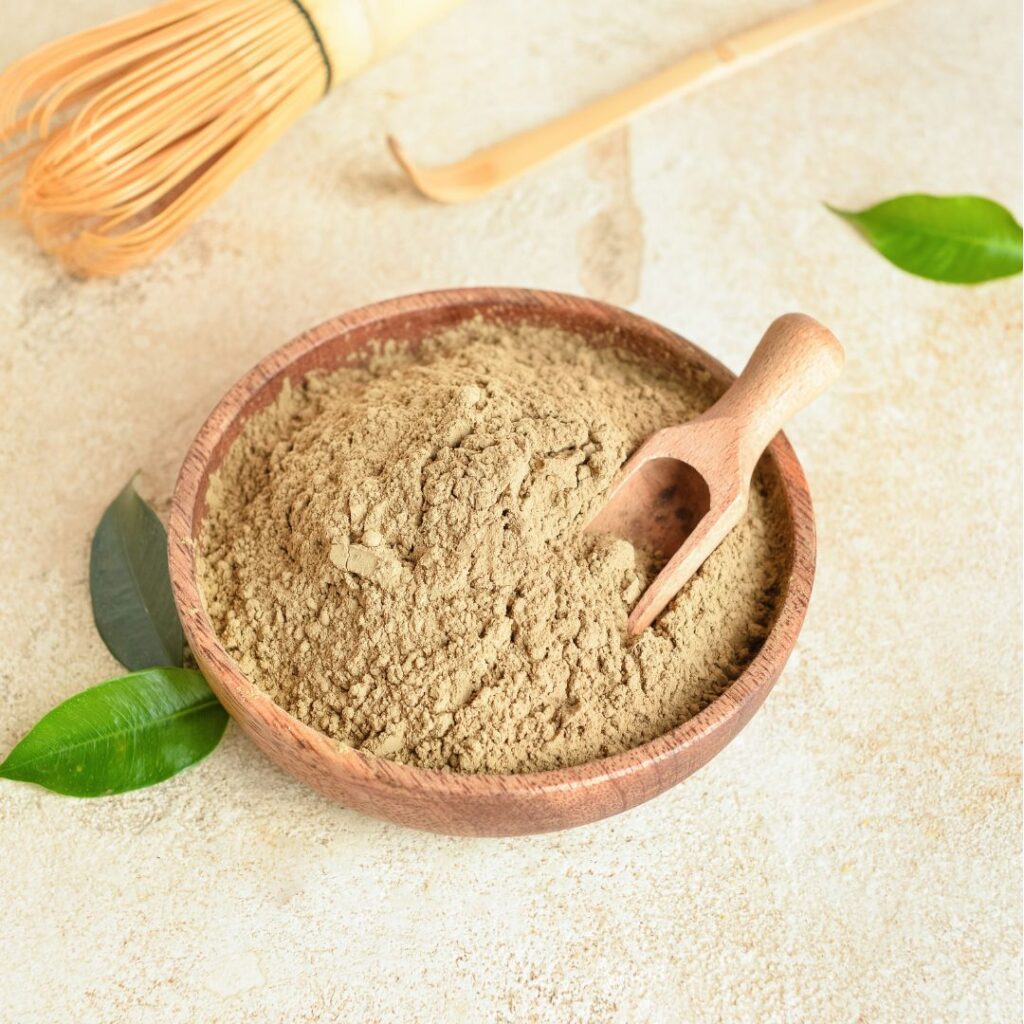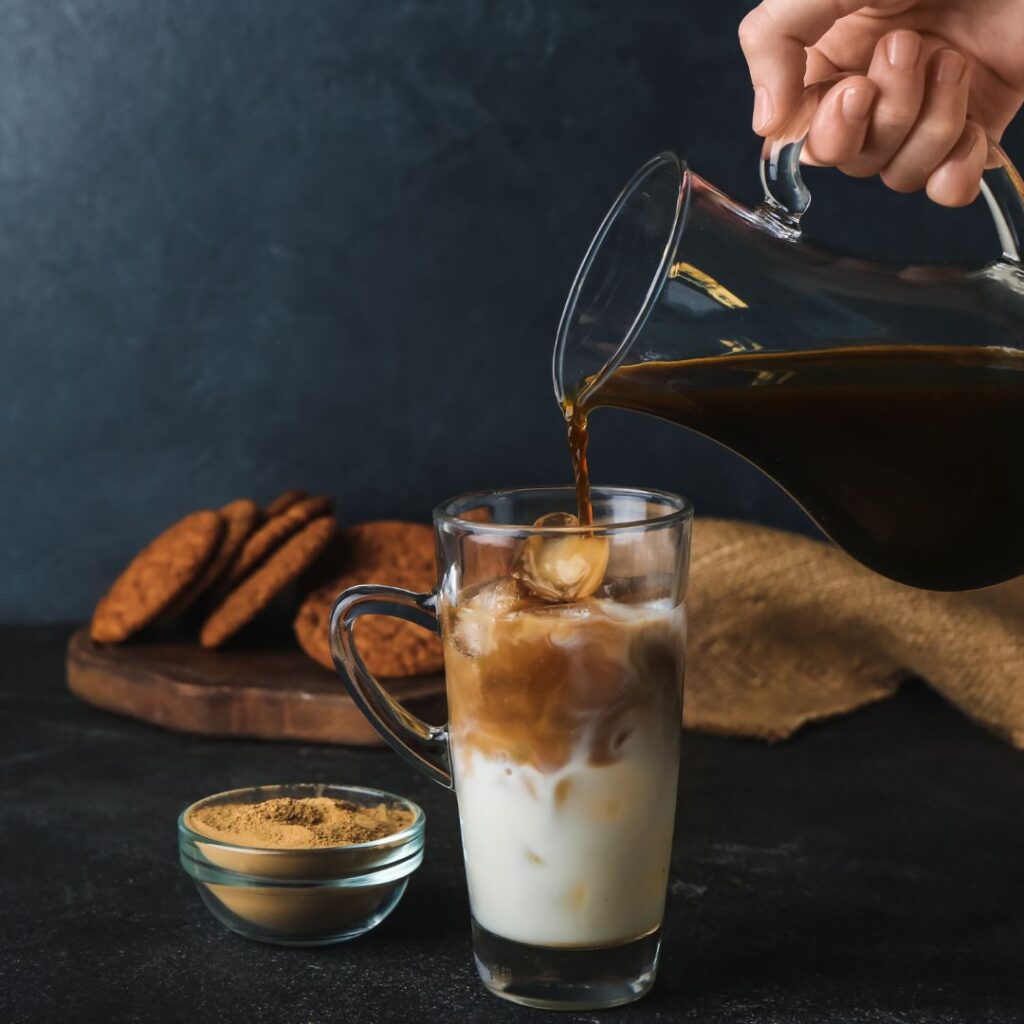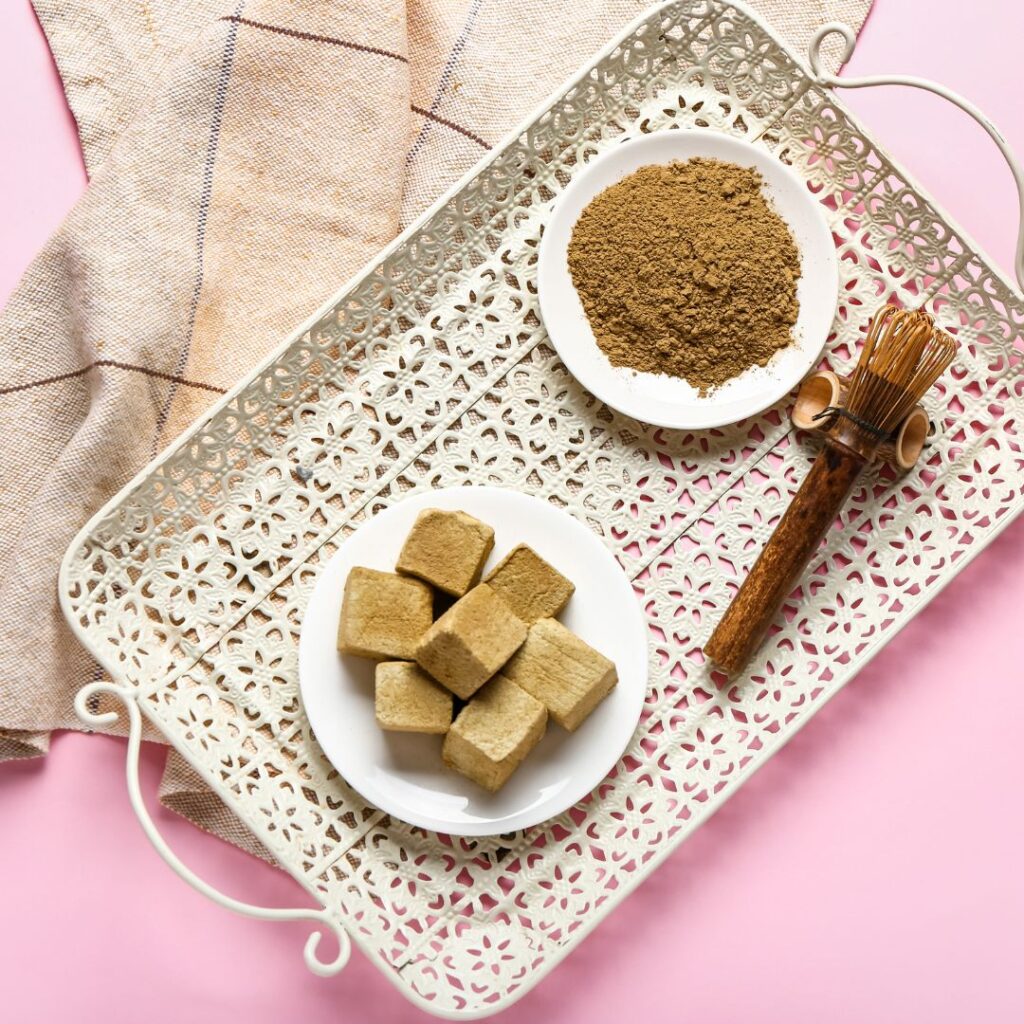To discover hojicha powder’s full potential, start by roasting green

Hojicha Origins
Tracing back to the 1920s in Kyoto, Japan, hojicha’s creation emerged from a
You’ve got to appreciate the ingenuity behind turning what was basically considered refuse into a sought-after commodity. This process gave birth to hojicha, a
What’s truly empowering about hojicha’s origins is the reminder that control over resources, even those seemingly at the end of their lifecycle, can lead to innovation and new markets. This
Health Benefits
Numerous health benefits accompany the consumption of hojicha, including its ability to aid in digestion and improve sleep quality. When you incorporate hojicha into your daily routine, you’re not just indulging in a delightful beverage; you’re also taking control of your well-being. Its low caffeine content means you can enjoy it even in the evening without worrying about disrupting your sleep pattern. This makes hojicha a fantastic choice for those seeking to reduce their caffeine intake without sacrificing the pleasure of a warm, comforting drink.
Moreover, hojicha is packed with antioxidants, including catechins and polyphenols, which support your body’s natural defenses against oxidative stress and inflammation. Regularly consuming hojicha could help you manage stress levels better, thanks to its calming properties. It’s also gentle on the stomach, making it an excellent option for people who experience digestive issues with other types of
Choosing hojicha means you’re choosing a path to better health without feeling like you’re giving up on flavor or enjoyment. It’s a simple, yet effective way to enhance your diet with something that not only tastes good but is also good for you.

How does hojicha taste
With a distinctive nutty taste, hojicha delights the palate with flavors reminiscent of roasted nuts, complemented by an earthy aroma and a subtle sweetness. As you savor hojicha, you’ll notice its smooth texture that gently coats your mouth, leaving a comforting warmth that lingers. Unlike its green
The roasting process not only imparts a rich, caramelized flavor but also reduces the bitterness often associated with traditional green teas. This unique characteristic ensures that hojicha is accessible even to those who might usually shy away from green teas due to their astringent nature. You’re in control of your
Its versatility in culinary applications further allows you to experiment and integrate its comforting flavor into various dishes and drinks, from lattes to desserts. Embrace the mellow, roasted qualities of hojicha and discover a delightful, soothing
How to make hojicha powder: Preparation methods
Exploring the various methods to prepare hojicha reveals a journey through traditional and modern techniques that cater to every
Starting with the simple spoon method, you’ll add a teaspoon of hojicha powder to water and stir until dissolved. This method is straightforward and allows for customization with milk and sweetener, with oat milk and maple syrup recommended for a rich, comforting drink.
If you’re looking for a quicker and more efficient preparation, the fast frother wand method is your go-to. By using a handheld milk frother, you’ll dissolve hojicha powder in warm water, watching as the frother creates a delightful foam. This technique is perfect for making a frothy hojicha latte in no time.
For a more traditional experience, the whisk method involves measuring hojicha powder with a bamboo scoop and adding warm water to a

Culinary Uses
After mastering the preparation methods, you’ll find hojicha’s versatility extends to a wide range of culinary applications. You’ve got the power to transform your kitchen into a haven for Japanese-inspired flavors, starting with a simple spoon method for a quick hojicha fix. Imagine enhancing your mornings with a hojicha latte, skillfully whisked, its nutty aroma filling the air. Or, use the fast frother wand method to whip up a frothy delight in minutes, a proof of your culinary prowess.
But let’s not stop at beverages. Your control over hojicha’s culinary fate means you can infuse its earthy, comforting essence into desserts. Imagine hojicha-infused ice cream, the perfect blend of creamy and roasty, or cookies that carry the unique flavor of hojicha in every bite. You’re not just making
With hojicha powder, you wield the ability to innovate, experiment, and impress. Whether it’s a warm, soothing latte or a batch of aromatic baked goods, you’re in command, ready to elevate your culinary game with the distinctive taste of hojicha.
Hojicha vs Uji Matcha
Diving into the world of Japanese green teas, let’s compare the roasted, nutty flavors of hojicha with the vibrant, umami-rich Uji matcha. You’re in the driver’s seat when choosing between these two, each offering a unique journey through taste and tradition.
Hojicha, with its lower caffeine content, is your go-to for a soothing evening sip, its earthy tones wrapping you in a blanket of calm. It’s roasted at high temperatures, transforming the green leaves into a reddish-brown hue with a comforting aroma, perfect for winding down.
On the other hand, Uji matcha, hailing from the pristine hills of Uji, Kyoto, presents a brighter side of green
Choosing between hojicha and Uji matcha depends on what you’re after—relaxation or rejuvenation. Each holds its charm, empowering you to decide the flavor that best suits your moment.
Hojicha vs Genmaicha
Moving from the subtle earthiness of hojicha, let’s now consider genmaicha, a blend that introduces the unique warmth of roasted brown rice to the mix. As you’re exploring your
Hojicha, with its rich, roasted profile, offers a comforting, low-caffeine option for any time of day. Its deep flavors stem from the roasting process, which also gives it a lower caffeine content. This makes hojicha an excellent choice for those sensitive to caffeine or looking for a soothing evening beverage.
On the other hand, genmaicha brings a delightful surprise with its crisp, nutty notes, thanks to the roasted brown rice. The addition of rice not only adds a unique flavor but also creates a fuller-bodied
Deciding between hojicha and genmaicha gives you the power to tailor your tea experience. Whether you’re after the roasted depth of hojicha or the crisp, nutty balance of genmaicha, you’re in command of your cup.
Conclusion
Now you’re prepared to immerse yourself in the world of hojicha powder, a delightful twist on traditional Japanese green
With its unique nutty flavor and lower caffeine content, hojicha offers a comforting yet invigorating experience.
Whether you’re whipping up a soothing latte or experimenting with desserts, the possibilities are endless.
You’ve learned about its origins, health benefits, and how it compares to Uji matcha and Genmaicha.
So, go ahead, embrace the rich history and make hojicha powder a staple in your culinary adventures.








Konnichiwa! (Hello!) I'm Pat Tokuyama, a Japanese tofu cookbook author, who travels for music, food, and adventure. If you like Japanese tea, checkout some of the newestorganic japanese tea, matcha bowls and noren and more!
** Curious about the Plant Based Japanese Cooking Club? ** Learn more here!